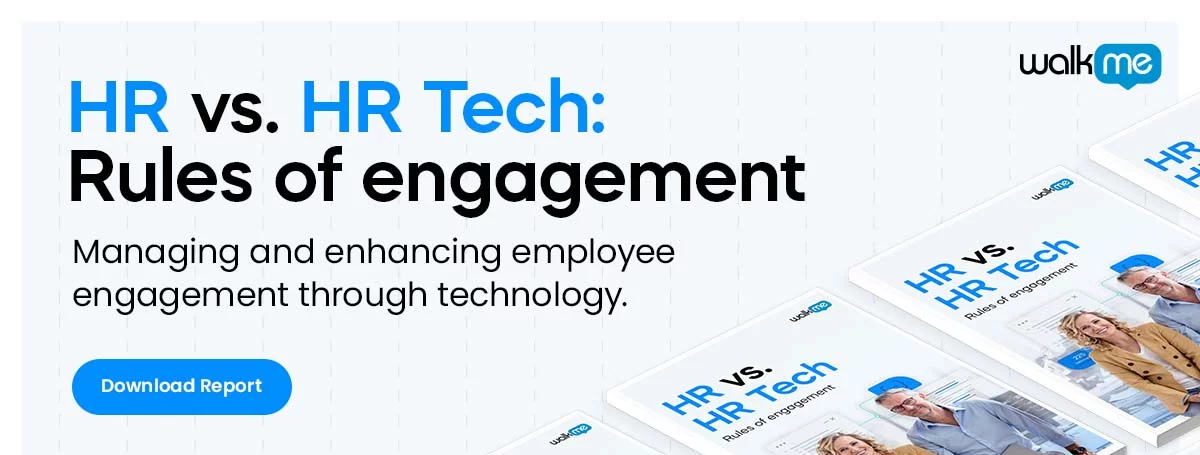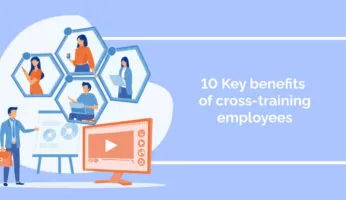
Maintaining a social connection is particularly important during every stage of the remote employee life cycle, including remote offboarding.
As most of today’s office workers well know, staying socially connected became very difficult during the COVID-19 pandemic.
For remote workers, social isolation has always been particularly challenging, as a number of studies have shown. Yet now that the entire workforce must cope with those same challenges, it is more important than ever for managers to compensate.
While much has been written about keeping a human connection during remote employee onboarding, it is equally important to maintain those ties during remote offboarding.
Can You Keep a Human Connection During Remote Offboarding?
A structured offboarding process focuses on closing the relationship between employees and employers. It is important not only to finalize logistical matters, such as paperwork and the restriction of IT accounts, but it is equally important to find closure for the human and social side of the relationship.
But how can you do that in a socially distant remote workplace?
Here are a few suggestions:
Conduct a video exit interview
Exit interviews are a standard part of any offboarding process.
While an in-person exit interview would be ideal, a video interview is the next best thing.
Video conferencing apps, such as Zoom, can give employers and exit interviewers a chance to maintain that human connection through a face-to-face conversation.
As when conducting an in-person exit interview, it is important to:
- Make the employee feel comfortable
- Encourage openness and honesty
- Ask questions that can provide insight into their actual experience at the company
The more open and honest the conversation, the more useful the feedback will be and the better the employee will feel about the interview.
Stay engaged in the weeks leading up to the employee’s departure
To stay socially connected in remote workplaces, it is often necessary to go the extra mile. In the physical office, for instance, team members see each other every day, they often maintain the same daily routines, and they become socially familiar with each other.
Online, however, those structures aren’t a given – they have to be artificially created.
For this reason, many managers hold daily meetings, daily check-ins, “virtual water cooler chats,” and other events designed to maintain social connections within the remote workforce.
The same principle can and should be applied during remote offboarding.
When an employee leaves the remote workforce, for instance, they won’t regularly see managers or coworkers in the hallway.
Managers and other coworkers should therefore deliberately check with the employee prior to departure – even by placing reminders in their calendar if needed or by sending out broadcasts via the organization’s communication app.
There are a few benefits to regular check-ins and communiques such as these:
- The departing employee will feel more appreciated when other team members discuss their departure with them
- There will be more time to discuss any last-minute issues that need resolving prior to departure
- Employees will feel better about their decision and the workplace
- They will leave with a better impression of the organization and their team
Again, it does require conscientious effort to stay socially engaged in a remote workplace.
The benefits, however, are worth it, since employees will leave with a better feeling about the company – which, in turn, can improve the employer brand, the reputation of the company, and it can even drive new talent to the company later on.
Find creative ways to say goodbye
In a physical office, managers and teams will often find creative ways to say goodbye to departing employees. These can be either lavish affairs, events that are “short and sweet,” or simply an acknowledgment that the employee is leaving.
Examples include:
- Pizza parties
- Social gatherings
- Rewards or bonuses
- Signing a farewell card
In an online workplace, however, these types of events aren’t possible. To achieve the same aim, managers should therefore find workarounds that can be conducted online.
Here are a few substitutes:
- Online pizza parties
- Video game tournaments or events
- An online social gathering
- Digital goodbye cards
Naturally, the type of event or activity should vary depending on the circumstances, the culture, the employee’s position, how they are departing, and so forth.
If appropriate, stay in touch online
Another way to maintain a human touch is by staying in touch.
When called for, employees and employers can and should maintain a positive relationship.
As with the other measures covered above, it is important to tailor the level of connection to the situation.
Staying in touch via social media, such as LinkedIn or Facebook, is perhaps the easiest way to stay connected. It also requires no commitment on the part of either party.
In the event that both parties want to maintain a working relationship, the level of connection can be raised to, for instance, part-time work, contract work, consulting work, and so forth.
Final Thoughts
Remote work definitely has its benefits. Yet it is not without its downsides, one of which is the lack of social connection.
While the remote workplace may not be quite the same as an office environment – and some people may actually prefer it – the bottom line is that more effort is needed to maintain social ties.During any stage of the employee life cycle, including offboarding, it is necessary to take a few extra steps in order to maintain a positive relationship, make employees feel appreciated, and give them a good impression of the company.
WalkMe Team
WalkMe spearheaded the Digital Adoption Platform (DAP) for associations to use the maximum capacity of their advanced resources. Utilizing man-made consciousness, AI, and context-oriented direction, WalkMe adds a powerful UI layer to raise the computerized proficiency, everything being equal.



